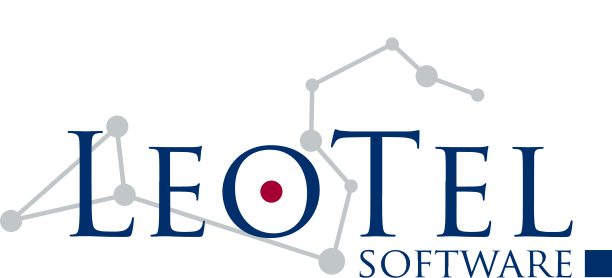Be it a phone or a tablet, the smart device is a convenient target for extending functionality. A significant proportion of the UK population now own a smart phone, making it an ideal delivery mechanism for notifications and alerts, while at the same time, embedded wireless technologies such as Bluetooth and Bluetooth Low Energy (BLE) can be used for more than just inter-device communications.
In recent years there have been a number of reports about the dangers that vulnerable road users such as cyclists, pedestrians and equestrians face when sharing the road with cars, buses and heavy vehicles.
Imagine a cyclist turning left alongside a heavy goods vehicle, or an equestrian approaching a blind corner on a country road. Necessity often drives innovation.
The Project
Our client identified a market opportunity for an invention which was designed to improve the safety of individuals on our highways and byways.
The invention, a two part “vulnerable road user” detection system, could be realised either as purpose-built hardware or as an app for smart devices, with the added benefit that both could coexist and interact with each other.
Our client needed us to overcome the technical challenges in order for it to do so.
Our Role
We worked closely with our client to refine the system requirements and ensure the uniqueness of the invention. An important part of product development for wider markets is identifying the specific intellectual property of a product, thereby paving the way for protecting that IP with a patent.
Our client already had a design for the aesthetics of the system hardware and the app, but needed help with the electronic design, the embedded firmware development and system definition, and the implementation of the app.
Our clients’ resources are not unlimited, and part of our role is to help our clients get the best from those resources. Market share indicated that the Android platform would be the best target for the initial implementation of the app, and we recommended to our client that we should focus on that platform to begin with.
By the end of the project we were able to provide our client with functional and physically representative prototypes of the hardware, together with the two part app, and we had ensured interoperability between the hardware and the app-based solutions.
The Technology
We developed the app in Android Studio using Java.
Android allows a minimum required version to be specified. An app can also use different API versions in order to run correctly on the widest possible range of devices, something that we took advantage of. Neither Android devices nor the OS remain static, so it’s important to ensure that the app supports the maximum possible market share while supporting the latest OS release.
Our app requires a number of OS features:
- Bluetooth support (location services)
- In app settings
- Animated graphics
- Rotation support
- Sound support
- Background running
- Status bar and chat head support
The app runs in full screen mode, providing a simple yet obvious situation report, using audible warnings but not distracting drivers unnecessarily. When forced to run in the background, for example if a call is received, then an Android chat head – a small popup – is used to flag important status changes to the user.
The Benefit
Our client didn’t need to fully understand the technologies in order to develop their product. We provided that knowledge and experience. We were able to use mathematical and filtering algorithms to improve the accuracy of results and prevent false positives.
We work within the hard constraints of project budget, build cost, and device footprint, and we are up front about what can realistically be achieved.
Our engineers have the electronic design skills to develop both the physical and purely soft devices in-house.
Last but not least, we have the technical capability to generate novel IP. On this project we were able to take a step beyond what could be achieved with the Bluetooth Low Energy (BLE) standard of the day.

